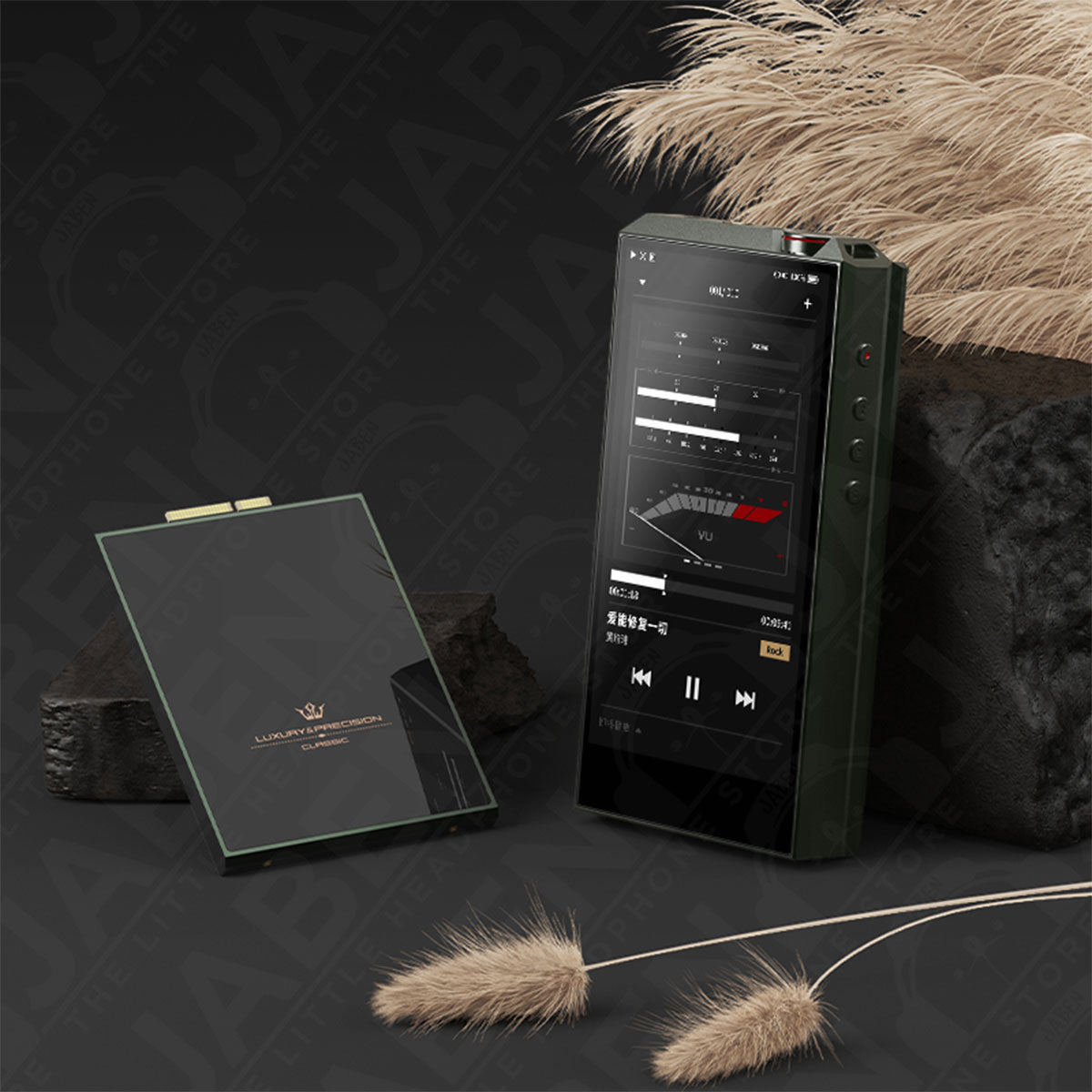It has been nearly two years since the first unveiling of the Luxury & Precision E7 prototype. The delay in its release can be attributed to three main reasons, all rooted in the pursuit of "All For the Quality of Sound."
Pre-order Started
Chapter I "Power is the Mother of Sound"
A Major Overhaul of the 7th Edition Circuit for Optimal Power Supply
The power supply is of utmost importance in the AK4497 circuit of the E7. With such a large analog circuit board, the goal is to maximize its utilization, unleash optimal performance, and fine-tune for better sound representation.
Over the past two years, E7's AK4497 card circuit board has undergone dozens of fine tuning, including seven major revisions:
First Revision The THD+N limit performance of this version reached -120db, with a dynamic range of 131db, but the sound performance did not meet our expectations and the consistency was not stable;
Second Revision Added more DAC VREF capacitors and increased their capacity and voltage reference stability on the basis of the first edition;
Third Revision Tried different layouts and wiring to improve performance and sound, but the results were not ideal and were eventually abandoned;
Fourth Revision Adjusted the grounding of the op-amp circuit on the basis of the second edition and added an independent power supply for AK4497 AVDD5V to enhance the layering and separation of the sound;
Fifth Revision Added a pair of independent positive and negative power supplies to each op-amp on the basis of the fourth edition, which significantly improved the tension and sound field of the sound;
Sixth Revision Further optimized the layout and wiring based on the fifth edition and improved the filtering of AK4497 AVDD3.3V, improving the performance at 12K and eliminating some noise;
Seventh Revision The final mass production version, which ultimately adopted 13 independent power supplies. On the basis of the sixth edition, copper plating was added to increase heat dissipation, reduce the impedance of the analog circuit ground, and make the sound performance more calm and atmospheric, exceeding our expected sound performance.
Chapter II For IEM Enthusiasts
A New " Intoxicating" Headphone Amplifier Architecture, Exploring the Golden Zone of Sensation and Power
In recent years, low impedance and high sensitivity in-ear monitors (IEMs) have become popular, while the output voltage of portable players paired with them continues to increase. However, for low impedance, high sensitivity IEMs, which are more current-dependent than voltage-dependent, high output voltage does not necessarily translate to better performance.
E7, positioned as a flagship portable player, had to address the challenge of adapting to low-impedance IEMs. After continuous technical research and tuning exploration, a balance point was found between the thrust and sensation for low-impedance earphones.
To achieve this, the headphone amplifier architecture was adjusted in a "counter-mainstream player" manner through two approaches:
- Doubling the number of headphone amplifier chips
- Lowering the output voltage to an appropriate range while strengthening output current.
This is the "Intoxicating" amplifier architecture, making the new headphone circuit more friendly when driving IEMs compared to previous DAPs.
Chapter III. Resolving Matching Challenges
Meticulous Selection without Compromise
Since the LP5 era, L&P have consistently adhered to the meticulous route. Through the refinement of high-end DAPs such as LP6 and P6, the application of meticulous technology should be mature. The precision and selection of peripheral resistors, capacitors for the DAC, active low-pass filtering, and the amplifier circuit are crucial. Even with the use of high-precision resistors and capacitors, each machine still undergoes manual compensation and calibration to achieve the optimal state. Additionally, the added value of the E7—harmonic tuning and precise adjustment of the operational amplifier—cannot be fully realized if there is significant dispersion between chips. Therefore, to ensure a balance between quality and tuning, the time and effort invested in meticulous matching are substantial, similar to the improvement of the analog circuit.

Although completing these tasks took almost a year and a half, as shown in the diagram, L&P tried various resistors, capacitors, power supply architectures, and layouts before finalizing the overall circuit diagram of the analog section. To achieve an ideal sound quality, L&P are willing to postpone the release rather than compromise. With the arrival of the Chinese New Year comes the anticipation of the official E7 release, hoping it lives up to everyone's expectations!





Leave a comment
This site is protected by hCaptcha and the hCaptcha Privacy Policy and Terms of Service apply.